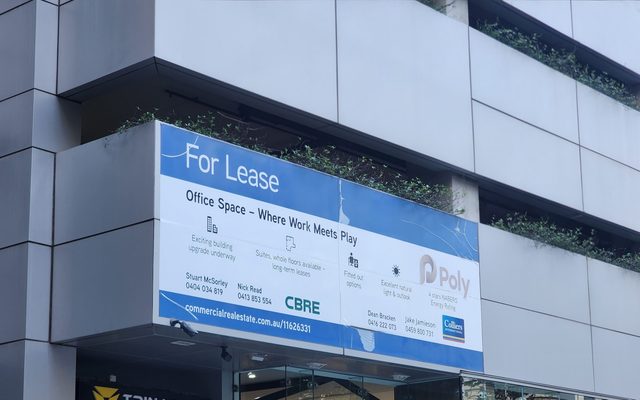This article is from the Australian Property Journal archive
PRIVATE investors and syndicates are accounting for the highest share of retail transactions since the global financial crisis, jumping on board with the improved retail returns outlook, according to JLL.
Private capital has been filling the capital void left by institutional divestments over the last few years, having acquired over $12.5 billion since 2020, the firm’s data shows.
“The last time private and syndicate investors were this active in the retail sector was post GFC when counter cyclical purchases were made. The private investor and syndicate participation peaked in 2009 at 57% and this year we’re already nearing that peak at 54%,” said Nick Willis of JLL.
“We have seen private investors play a dominant role in the sector in Australia, while institutional capital is returning to position for the next phase of the cycle. Consumer resilience has really helped improve the fundamentals for retail property.”
Melbourne-based fund manager Fawkner have confirmed their $212 million deal to trade Willows Shopping Centre in Townsville, while ASX-listed rivals Vicinity Centres and Scentre Group have made major purchases.
JLL’s head of capital markets research – Australia, Andrew Quillfeldt said there’s a number of indicators pointing to a new equilibrium for retail, despite the liquidity headwinds which remain.
“The outlook for returns on retail investments is more compelling than it has been in quite a long time. We expect strong population growth, along with the current undersupply of retail floorspace, will be a major driver of sales productivity and rental growth over the next five years.
“Retail has now reset in terms of the investment fundamentals. We can see that clearly in key investment metrics, which are all supportive of a strong return outlook for the sector.”
Australia’s retail sector is facing record-low new supply, with the development pipeline for 2024 and 2025 representing only 21% of the 10-year average. Australia’s population is forecast to grow by 1.7 million people over the next four years, and historically one sqm of retail has been built for every extra person – implying a need for up to 1.7 million sqm. However, according to JLL, there is currently only 521,000 sqm completed or under construction and due to come online over the next four years, from 2024 to 2027 inclusive.
JLL’s head of retail investments – Australia, Sam Hatcher said there is a growing recognition of value in retail which is encouraging investors back to the sector.
JLL’s analysis shows a divergence between retail turnover, which has grown by over 30%, while asset values have fallen by 30%.
“With a looming supply shortage forecast, particularly for regional and sub-regional shopping centre assets, this feeds into the investment case.
“Our analysis also shows assets are trading at a material discount to replacement cost at around 40% which provides a long runway for rental growth.”
JLL analysis charted three phases of the decline in asset values in recent years, using regional centres as an example. The pre-pandemic phase from 2018 to early 2020 saw a 6% decline as cap rates expanded on concerns over income sustainability, while the COVID impact from early 2020 to early 2022 saw values decline 14%, largely driven by lower income rebasing. From Q1 2022 and Q3 2023 there was an 11% decrease in values as the risk-free rate (10-year Australian Government bond rate) began to increase significantly.
Retail is a deeper and more active sector in Australia. Australia recorded the highest share of retail direct investment volumes across eight country markets over a period of 2018 to the second quarter of 2024. Retail’s percentage share of Australian transactions was 24%, followed by China at 18%, Germany at 14% and France, UK and Japan at 13%.




